CTRL+K
CTRL+K
Berber Tagine, a staple dish in Moroccan cooking, reflects the rich cultural heritage of the native Berbers. Its roots stretch back to ancient Berber tribes who utilized clay pots called tagines to slowly cook meats, veggies, and spices over charcoal fires. This technique allowed for tender, flavorful meals that nourished nomadic Berbers over generations. Even today, tagine remains a symbol of togetherness and hospitality, often prepared for special events and family gatherings. The process involves layering ingredients inside a tagine pot, letting them simmer and blend into a savory stew infused with spices like cumin, coriander, and saffron. Tagine preserves centuries-old traditions and showcases the resourcefulness of Berber culinary creativity.
A long time ago, in the Atlas Mountains and nearby areas, there were ancient tribes of Berber people. These tribes had a special cooking pot called a tagine. The tagine was made of clay and had a unique cone-shaped lid on top. It was designed to cook food slowly over low heat. This slow cooking process kept the moisture inside the pot and gave the food more flavor. The tagine was the perfect cooking method for the Berber tribes because they moved from place to place frequently.
With the tagine, the Berber people could make tasty and filling meals using simple ingredients that they found locally, like vegetables, grains, and meats. The delicious tagine dishes helped the Berber tribes survive and thrive in their nomadic lifestyle. To this day, the tagine cooking method and the clay pots themselves are still an important part of Moroccan culture and cuisine.
The delectable Moroccan Berber tagine is a culinary masterpiece that harmonizes meticulously chosen components and captivating spices. This traditional dish showcases the tenderness of lamb, chicken, or beef cuts, expertly combined with an enticing medley of veggies like carrots, potatoes, onions, and tomatoes. The stew’s essence is amplified by a symphony of spices, often comprising cumin, paprika, ginger, turmeric, and the exotic allure of saffron, bestowing a profound and multifaceted flavor profile.
Preparing the Moroccan Berber tagine is a patient and skillful endeavor. The ingredients are artfully layered within the iconic tagine pot, allowing them to gently intermingle and unite as they simmer over a gentle heat. The unique design of the tagine’s conical lid ensures that any condensation cascades back into the dish, preserving its luscious moisture and intensifying its flavors. It is a slow process that unveils a delectable and harmonious blend of textures and tastes.
The Moroccan Berber tagine goes far beyond being just a part of the culinary process – it becomes the central essence of cultural inheritance and identity. The art of preparing tagine in traditionally Moroccan household is considered a sacred ritual inherent to the customs of hospitality and togetherness. It is during special celebrations and gatherings that we become bonded and it is the one that tends to be consumed by all, as a mark of fellowship and togetherness.
Additionally, tagine reflects the deep connection between Berbers and their land. Berbers use locally grown fruits and vegetables from their region. They also use special spices that have been used for a very long time. By using ingredients found in nature, Berber cuisine promotes living in harmony with the environment. It shows their commitment to sustainability and preserving natural resources. When Berbers cook tagine, they honor their heritage and the land that provides for them.
Moroccan Berber tagine which has been in the spotlight worldwide in recent time has turned out to be the symbol of North Africa’s food culture due to its distinctive tastes, and primitive elegance. Local restaurants everywhere make their interpretations of the famous dish of Moroccan cuisine available to their patrons and through this, share the gift of the flavors of Morocco.
Although original recipes are being valued, modern day chefs give trendy tagine disturbances which were invented by adding trendy ingredients and techniques. Even though a lot has changed, the very essence of slow-cooking and the flavor balance has been kept intact which might be the secret behind pasta relying on the test of time to get more and more popular.




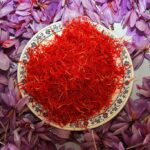

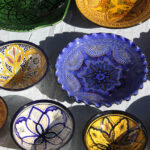




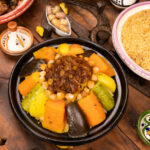


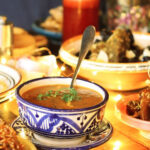








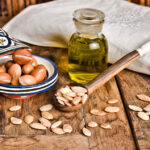










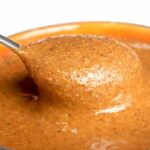

There are no results matching your search.
Reset